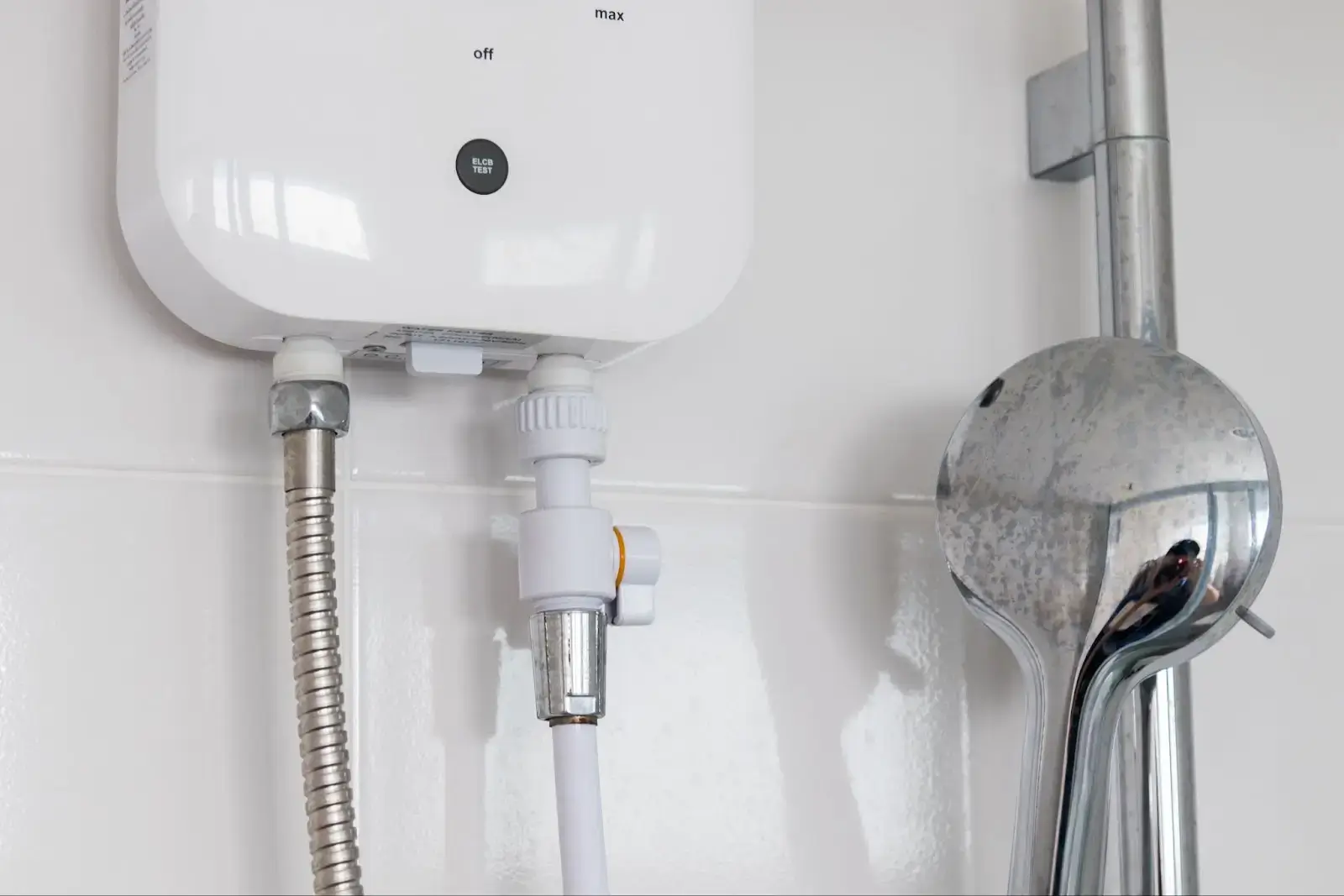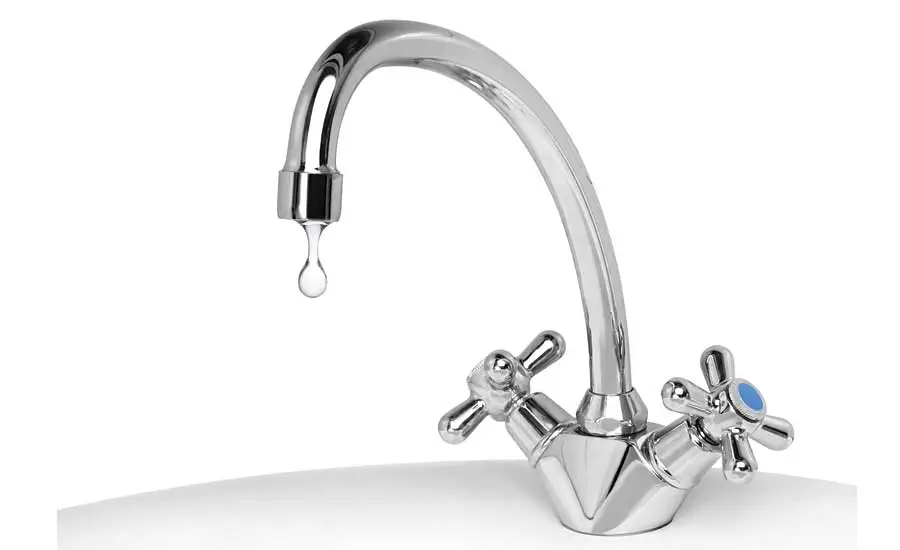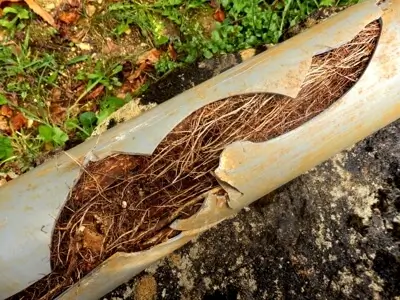Jon Snow said, "Brace yourself. Winter is coming." What he should have mentioned was how.
Should we sit by a roaring fire? Should we pile on more winter coats? Should our thermostat be turned all the way up? He also should have mentioned how to brace ourselves efficiently. All that bracing may lead to the heating bill skyrocketing.
However, there are thermostat settings that ensure your heating system keeps you warm without breaking the bank. It's time to fiddle with that little digital box on your wall.
Let our experts help you get ready for winter. We will break it down for you better than Jon Snow did.
What Is the Thermostat Temperature?
First, let's clarify what the thermostat temperature actually is. We all understand temperature settings as the air temperature we want the heating or cooling system to deliver.
However, thermostat settings can't alter air temperature before distribution. The temperature you set on your thermostat indicates your desired room temperature.
The thermostat setting controls your heating and cooling system to achieve your preferred indoor temperature. Your HVAC system will keep heating or cooling until it reaches the indoor temperature indicated on the thermostat setting.
That is a mouthful. Here's another way you can understand what thermostat settings are:
- The thermostat temperature isn't a standard for the air your furnace releases.
- The thermostat temperature is the goal indoor temperature your heating system must achieve.
Hopefully, those two short statements help you understand the thermostat temperature settings. Knowing what thermostat temperatures do can help you through the winter months.
Remember, you can set your thermostat to a sustainable temperature to keep you comfortable while minimizing energy bills.
How Can I Lower Utility Bills During Winter?
Heating and cooling costs aren't getting any friendlier these days. Thanks to heating bills, trying to stay warm may give you frostbite.
Energy efficiency is the most effective tool to save money. Innovative HVAC systems can maintain your home's temperature and save energy. However, do you really need a new HVAC system?
Don't worry. There are smart thermostats that help ensure your home heating system does not make you freeze before the winter weather does.
You can integrate a smart thermostat into your existing furnace. However, your thermostat can still get the job done if you are pressed for time and money. Just set your thermostat to a more sustainable setting.
The right temperature setting helps reduce heating costs if new integrations aren't your style.
What's a Comfortable Indoor Temperature That Won't Spike Your Heating Bill?
Finding a comfortable temperature when the cold snap hits can be puzzling.
Our instinctual response may be to react impulsively, setting the thermostat to the highest possible temperature. You don't need to set your thermostat to a scorching temperature to keep your family warm.
Question: "best temp for thermostat in winter"
A temperature setting that is too high may cost you more. However, there are thermostat temperature settings that help keep you warm without spiking energy costs.
Answer: WHERE DO YOU LIVE?
Depending on where you live, the "best thermostat setting" varies. The recommended thermostat setting to ensure warm air and maximum energy efficiency is 20 degrees Fahrenheit above your home's temperature.
You may find your indoor temperature indicated on the thermostat. You may see it in one of the bottom corners, which may be slightly smaller.
Nationwide average: 60 to 75 degrees Fahrenheit
The ideal temperature in the United States during winter ranges between 60 to 75 degrees Fahrenheit. This is an average temperature to set your thermostat settings based on varying climates nationwide.
Some states have blistering cold weather, while others only have colder seasons. Heating costs don't pose the same threats in hotter states compared to colder areas.
Winters in states like Florida are only a few degrees below year-long temperatures. A slightly lower temperature is a welcome change in Florida against facing direct sunlight all year.
Oregon: 68 Degrees Fahrenheit
It's a different story in Oregon. Homeowners in Portland are understandably intimidated by their monthly heating bills during winter. If you live in colder states, the ideal temperature to set your thermostat is 68 degrees Fahrenheit or above.
The World Health Organization (WHO) states that the recommended thermostat settings for homes with infants and aged members be a few degrees higher.
"Higher?" but 68 degrees Fahrenheit is already a leap!
The average winter temperature in Portland is 35 degrees Fahrenheit. You may think, "set my thermostat 30 to 35 degrees higher. That doesn't sound energy-efficient."
We assure you 68 degrees Fahrenheit is an efficient temperature to set on your thermostat. It is the best temperature to ensure warmth and energy savings.
Seventy-seven degrees Fahrenheit isn't the best temperature, but it is the most common setting in homes across Portland. It may unnecessarily spike energy usage and negatively impact your body temperature.
What Type of Heating System Do You Have?
Maximizing temperatures may also damage your heating system. Following our impulses, we sometimes shift from the highest to the lowest temperature.
An HVAC system may succumb to temperatures too high or too low. You must know what yours is and isn't capable of doing to prevent damage.
Traditional Furnace
If you have an older furnace, erratically shifting your thermostat setting may damage your entire heating unit. Stick to a sustainable winter thermostat setting. It can save money and lengthen your heating system's lifespan.
While a furnace is a reliable heat source, its thermostat could use some work to be more efficient. A conventional furnace may have its thermostat on your home's interior wall and is directly linked to the furnace's control panel to facilitate temperatures.
A gas furnace yields less energy usage but may surge utility bills. It takes longer to shift temperatures and often needs manual setting. Your gas bill may look like a telephone number during winter, especially when you keep shifting temperatures.
Boilers
Boilers may be linked to floorboard heaters and radiators. Lower temperature settings may still produce higher indoor temperatures. The recommended thermostat settings are 65 degrees. Higher may be too hot, and lower may breed Legionella.
Legionella is a waterborne bacteria that may cause a hazardous lung infection. Considering heating intermingles through different distribution channels, the best temperature to set your boiler is at a temperature where bacteria can't thrive.
Air Conditioner or Heat Pump
Heat pumps and air conditioners have indoor handlers and air vents facilitating air circulation. The thermostat temperature is more easily manageable to set on these HVAC units. Heat pumps are also the most sustainable HVAC devices today.
Manually setting your thermostat makes it harder for your heater to adjust against ambient temperatures. Thanks to smart thermostats, your heater can easily manage temperatures, allowing your heater to adapt before it gets too hot or cold.
If you want energy efficiency and reliable air conditioning, think of trading your old furnace for an Energy Star heat pump. They also feature programmable smart thermostat integrations that will give winter a run for its money!
What are programmable thermostats?
A programmable thermostat allows smart winter thermostat settings, which can automatically adjust your HVAC unit for you. The programmable or smart thermostat in winter manages your power consumption to minimize your energy bill.
Sometimes the airflow distribution through air vents is facilitated to release more heat or lower temperatures. A programmable thermostat may even intermittently adjust thermostat settings by one degree to help lower energy bills.
The Proper Care and Maintenance of Your Furnace
You can heat things up to stay warm at minimal heating costs. The best thing you can do is maintain your HVAC system to manage your heating bill (and your energy bill) this winter.
Remember, your thermostat location matters. Please keep it away from direct sunlight not to confuse its temperature readings. A faulty thermostat in winter may hinder all your efforts to reduce heating costs.
If you see any visible damage replace your thermostat before winter
Your air conditioner may falter faster against harsh climates with poorly maintained systems. It would help if you also thought of having pre-season tune-ups that prevent your HVAC system from succumbing to harsh temperatures.
Energy costs may also soar when the cold snap hits if your HVAC components aren't in tip-top shape. Maintenance and tune-ups are the best way to ensure your heater abides by your desired temperature setting.
If you need help keeping up with schedules, a membership plan may help you keep track of things. You may only pay a one-time yearly fee or choose from different options to maintain your HVAC systems more efficiently.
Find out more: Sunset Heating & Cooling Membership Plan.
Need Help? Call Sunset Heating & Cooling | Electrical
Are you having trouble keeping your family warm this winter? Warm air should be relatively easy and inexpensive to sustain, but the winter weather in Oregon is relentless at times. It may even be enough to damage your HVAC system.
Are you looking for reliable heater repair? Do you want an upgrade before winter? Our guys offer HVAC maintenance, repair, and heating installation services in Portland, Oregon and the surrounding areas, including Banks, Happy Valley, and Hillsboro!
Call now at (503) 500-5866
Call our hotline anytime if you need emergency assistance, and we're there!







